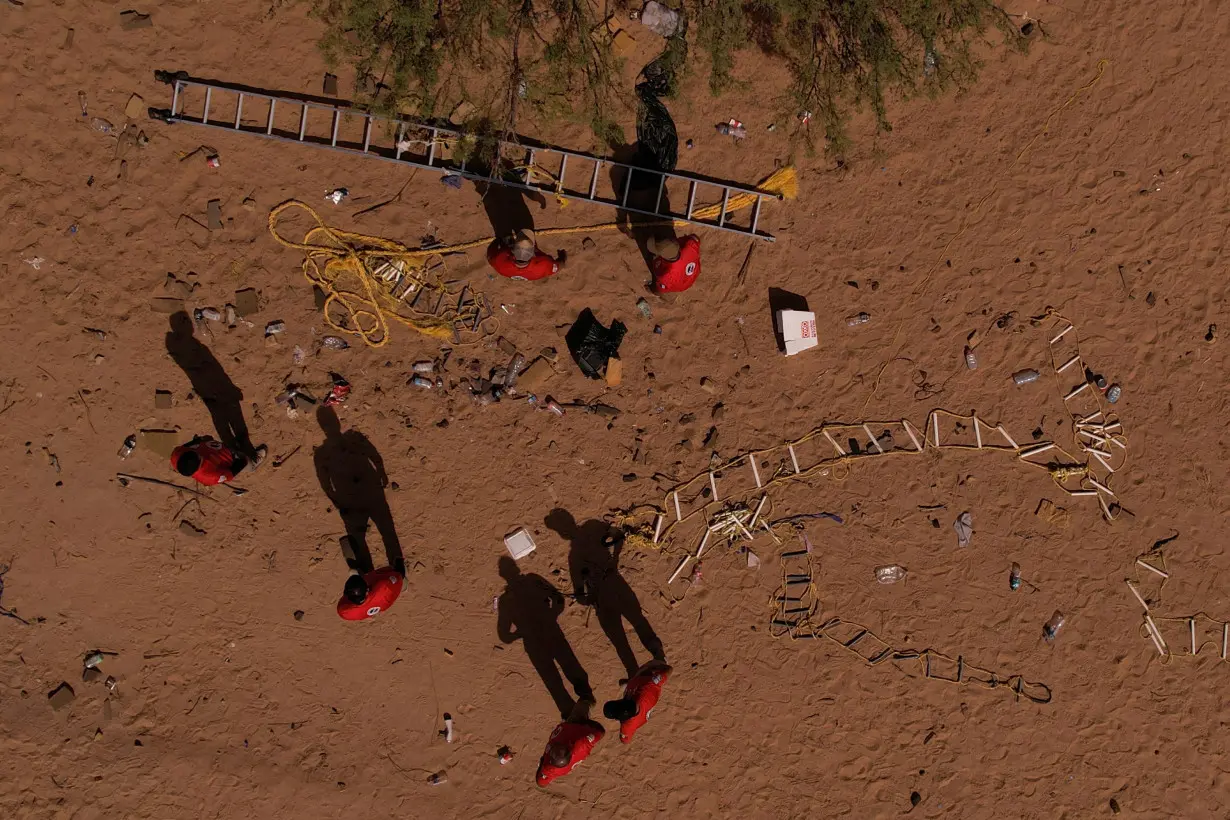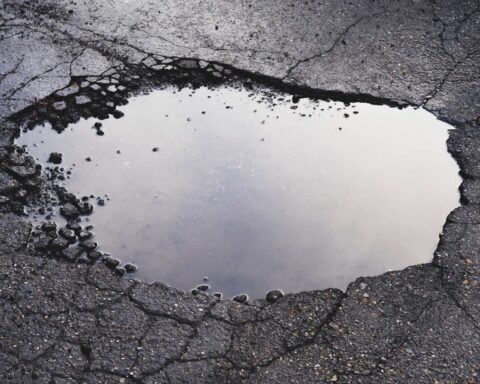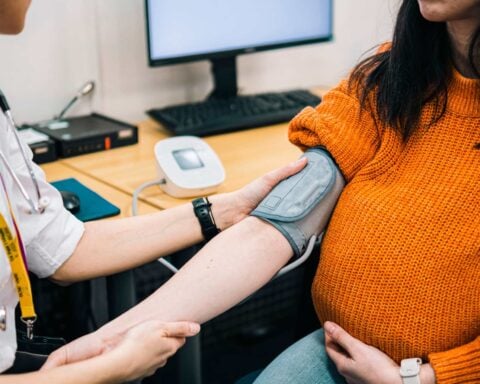By Jose Luis Gonzalez and Daina Beth Solomon
SUNLAND PARK, New Mexico (Reuters) - Veteran firefighter Daniel Medrano got out of his truck somewhere in the barren outskirts of Sunland Park, New Mexico, where a vast expanse of yellow sand is dotted by stubby bushes.
Under one, he found a body.
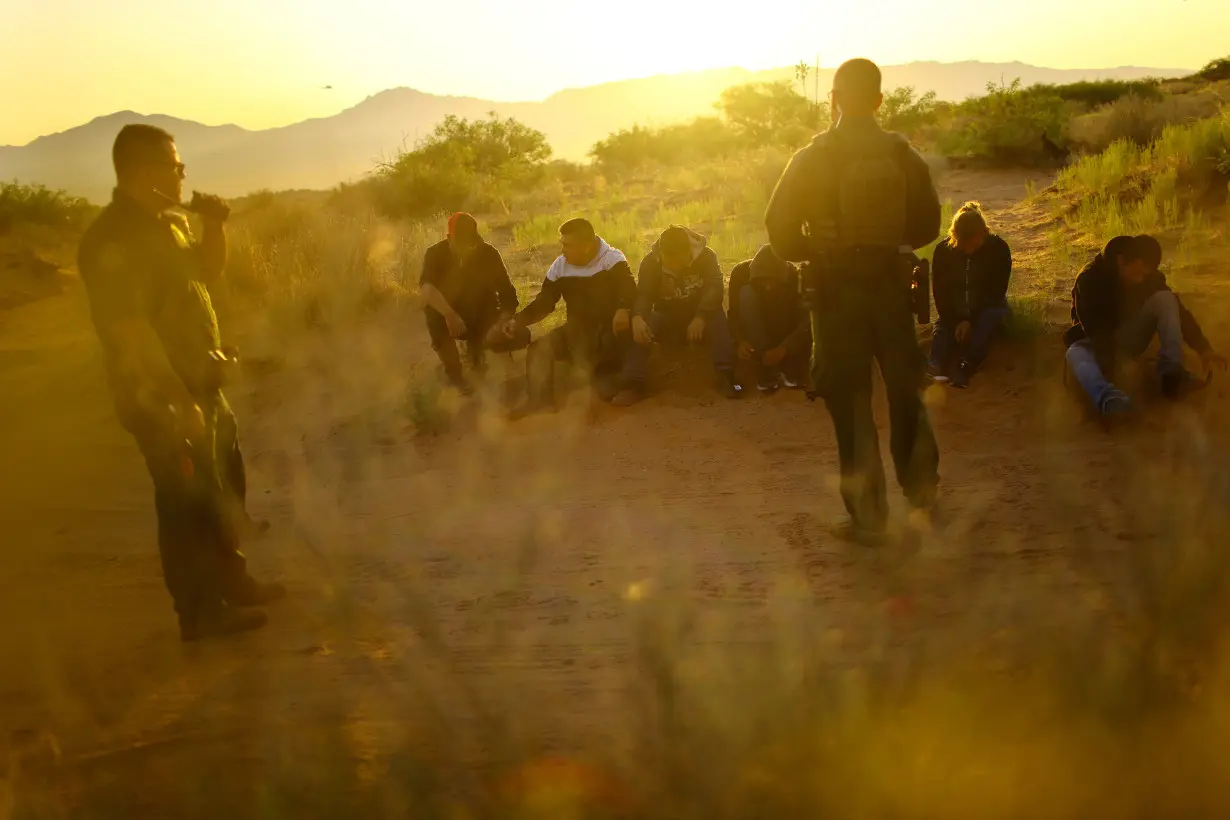
Medrano wrapped a black scarf around his nose and mouth as he looked closer: Black sneakers, green hat, dark hair in a braid. Empty water bottle at arm's length. The Aug. 17 afternoon was around 100 degrees Fahrenheit (38°C), and Medrano believed the woman had died days before – another migrant killed by scorching heat while entering the United States.
"You can see the body is right up against the mesquite bush, probably trying to get some shade," said Medrano, fire chief for Sunland Park, a city on the Mexico border next to El Paso.
He gestured with both arms to the seemingly endless desert, admitting even he didn't know his exact location.
"We're maybe about three to five miles away from the city, and this is what happens."
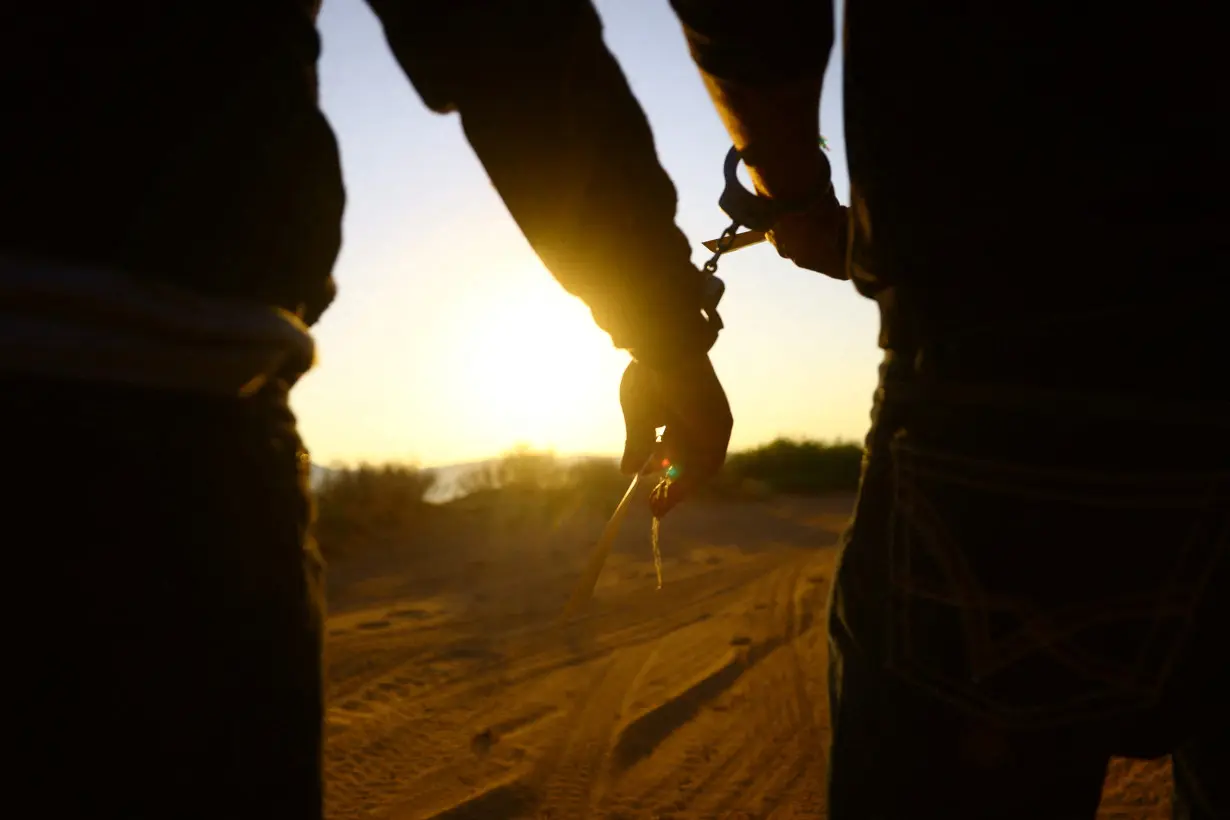
In the last 12 months through September, U.S. Customs and Border Protection (CBP) logged 60 migrant deaths due to heat in the El Paso Sector, triple the same period a year ago.
The sector spans the Chihuahuan Desert through New Mexico and parts of Texas along 268 miles (431 km) of the border. It has been the busiest area for migrant crossings into the U.S. southwest at a time when overall border apprehensions are on track to match or surpass record levels.Migrant advocates and academics have said for years that policies like increased fencing and checkpoints, intended to deter those aiming to cross illegally into the U.S., push migrants to take increasingly perilous routes to evade detection.
That includes ever-longer treks through remote stretches of desert where they are prone to exhaustion and dehydration.
Migrants can also be abandoned by human traffickers without water, or jammed into sweltering truck trailers. The 2022 death toll at the U.S.-Mexico border prompted the U.N. migration agency to deem the area the world's deadliest land migration route.
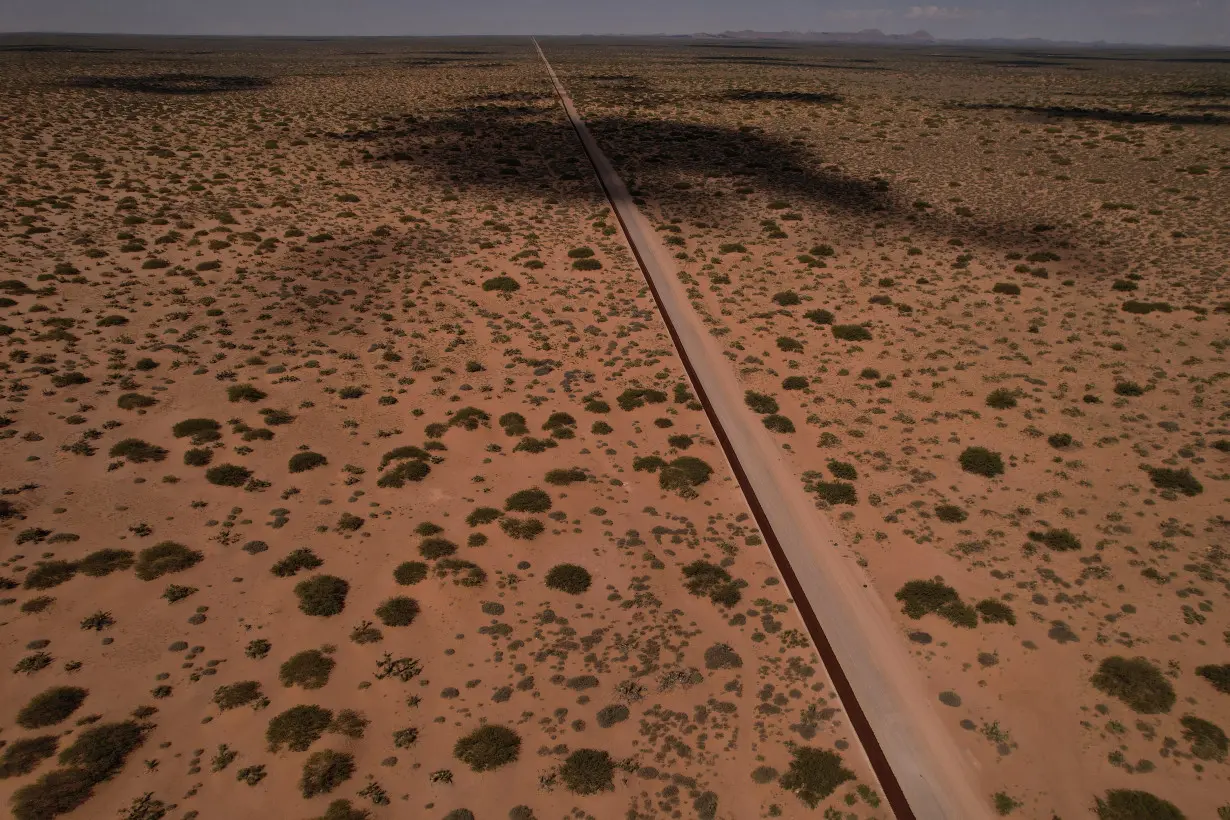
As weather extremes are expected to worsen due to climate change, these journeys will likely only become riskier.
"Now it's going to be even worse because of the weather ... it's an additional traumatic factor," said Fernando Garcia, head of the Border Network for Human Rights in El Paso, stressing that tougher border policies were still the main cause of the increase in deaths.
'DANGER OF DYING'
Heat-related deaths accounted for just under half the total migrant death toll in the El Paso Sector over the last 12 months.
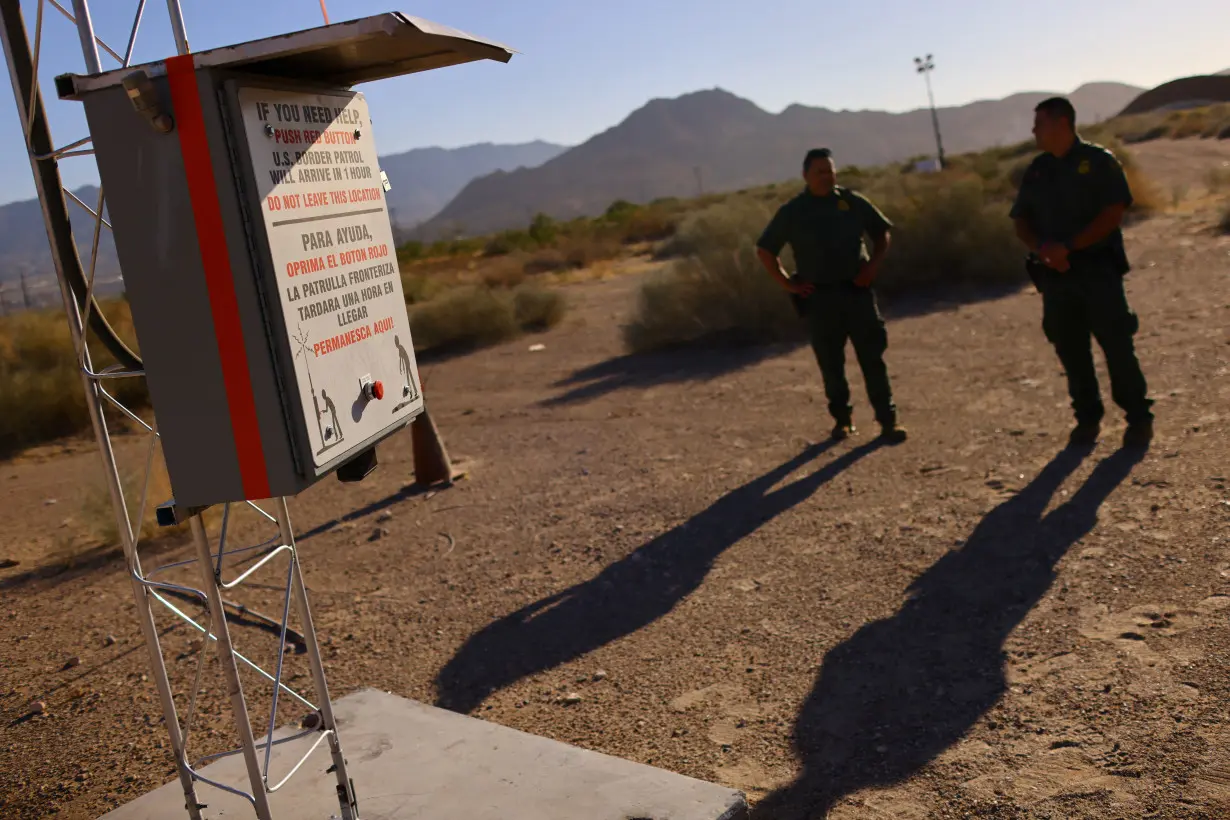
Including other causes such as car accidents and drowning, the total number of migrant deaths doubled from the prior year to reach a record of 148 fatalities.
That number could be well below the true figure, with migrant advocates and Congress' own investigative arm contending CBP undercounts migrant fatalities.
CBP said last year in response to the report to Congress that it was working to improve its data, which comes from law enforcement, fire departments and first responders, including Border Patrol agents.
Its website states that it aims to "track this information as fully and accurately as possible," while recognizing "these data are not all encompassing."
In response to questions from Reuters, CBP said it urges migrants to use lawful pathways and noted illegal crossings are "inherently dangerous."
Although final data was not yet available for migrant apprehensions in the El Paso Sector this year, the uptick in deaths appeared to far outpace the increase in border crossings.
"We had a very hot summer, so that incremented the dangers out in the Chihuahuan Desert," CBP spokesman Fidel Baca said in an interview at the Sunland Park border wall.
New Mexico and Texas both registered above average temperatures throughout the summer. El Paso logged a record streak of 44 days above 100 degrees.
Migrants do not expect the severity of the dry heat, noted Ramiro Rios, Battalion Chief for Sunland Park's Fire Department, who covered his neck with an American flag bandana as he accompanied Medrano to examine the body in Sunland Park.
"Then they start getting disoriented and can't find their way out of the desert, then they're sweating a lot, and they go into severe heat exhaustion, and then eventually into heatstroke," he said.
For years, CBP data shows, heat exposure has been one of the main causes for migrant rescues along the border.
But migrants can be reluctant to seek help because they fear deportation.
CBP over the last two years has installed 20 "rescue beacons," similar to electrical towers, in remote areas of the El Paso Sector where migrants can press a red button to call for help.
Signs in English and Spanish warn: "You cannot walk to safety from this point! You are in danger of dying if you do not summon help!"
CBP's control center can assess the situation via cameras while sending out officers - a drive that can take up to a couple of hours, Baca said.
CBP's El Paso Sector did not respond to questions about how often the emergency stations have been effective, but said agents made 597 rescues in the last year.
"Out here, all you have are Border Patrol agents," Baca said. "There's no ambulances, there's no hospitals."
(Writing by Daina Beth Solomon; editing by Stephen Eisenhammer and Rosalba O'Brien)

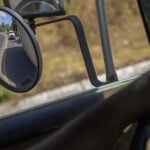 Trump has begun another trade war. Here's a timeline of how we got here
Trump has begun another trade war. Here's a timeline of how we got here
 Canada's leader laments lost friendship with US in town that sheltered stranded Americans after 9/11
Canada's leader laments lost friendship with US in town that sheltered stranded Americans after 9/11
 Chinese EV giant BYD's fourth-quarter profit leaps 73%
Chinese EV giant BYD's fourth-quarter profit leaps 73%
 You're an American in another land? Prepare to talk about the why and how of Trump 2.0
You're an American in another land? Prepare to talk about the why and how of Trump 2.0
 Chalk talk: Star power, top teams and No. 5 seeds headline the women's March Madness Sweet 16
Chalk talk: Star power, top teams and No. 5 seeds headline the women's March Madness Sweet 16
 Purdue returns to Sweet 16 with 76-62 win over McNeese in March Madness
Purdue returns to Sweet 16 with 76-62 win over McNeese in March Madness
